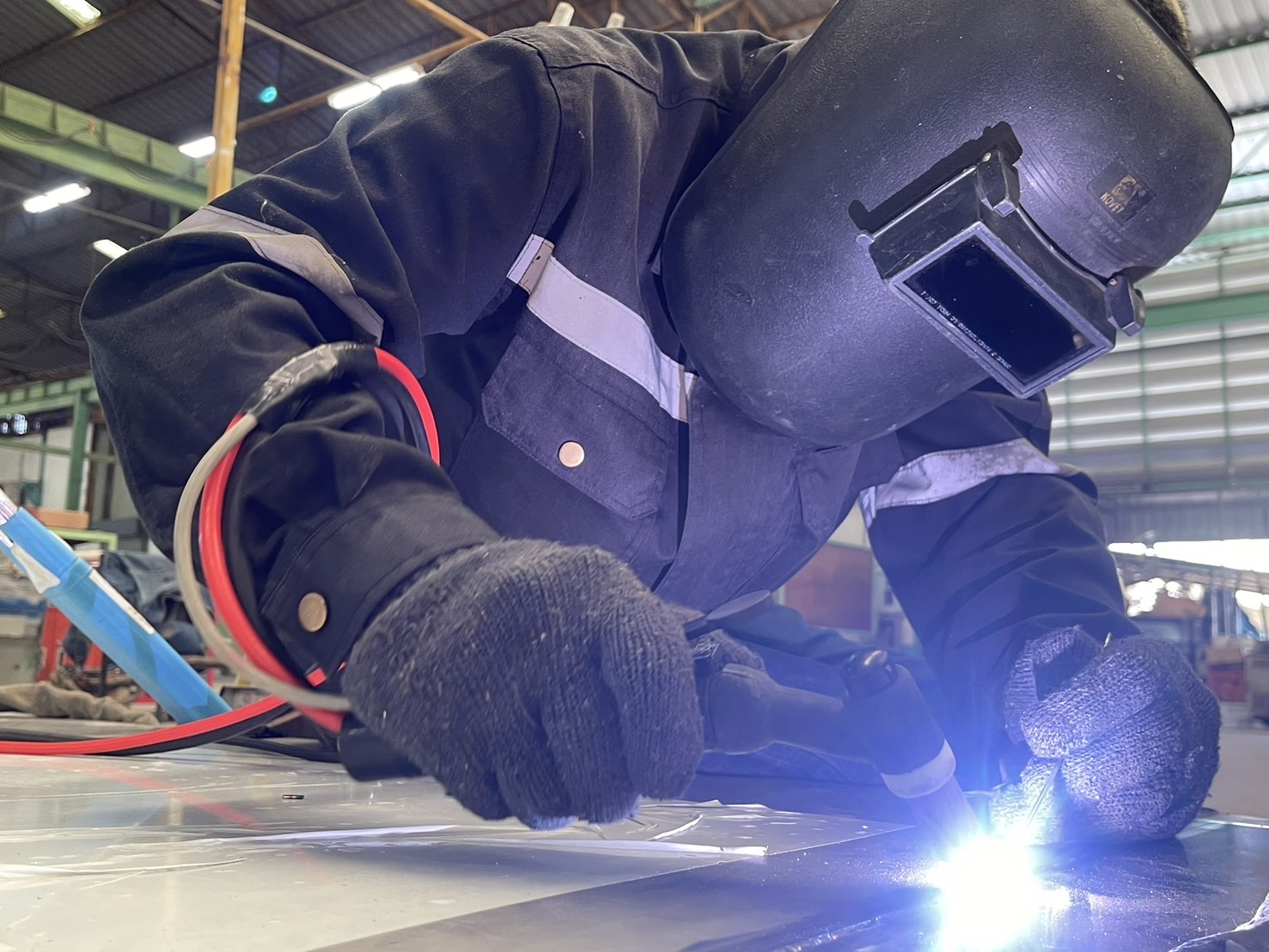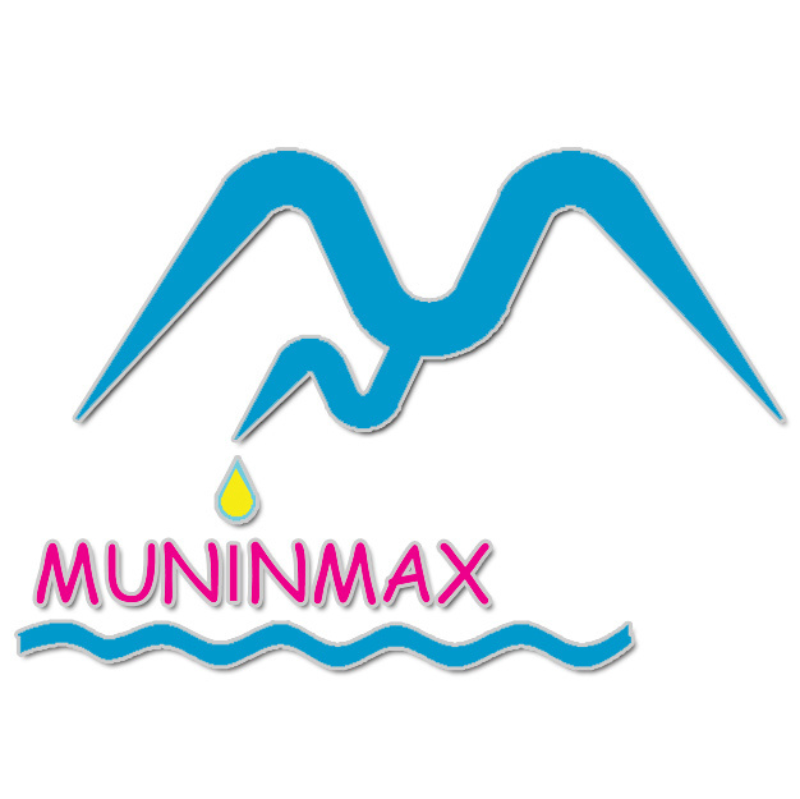
Why is Welding Important?
Not many may have realized, but Welding is a crucial process in the Manufacturing industry that requires expertise, and precision. Depending on the type of products being manufactured, an incompetent welding job can cause a lot of problems for many people involved- including the customers and even the company’s own employees. Therefore, the Welders need to be qualified for the type of Weldings they are assigned for. To understand more about the Welding standards, here are the types of training and certifications that are implemented across the industry and how they are carried out here at MUNINMAX.
What are WPS, WPQ, and PQR meanings?
As there are many variables involved in a welding job, the knowledge of the engineers and the skills of the welders need to be verified by a series of tests – known as the Welder Qualification Test (WQT). All the information is documented in the Welder Performance Qualification (WPQ), Welding Procedure Specification (WPS), Welding Performance Qualification Record (WPQR), Procedure Qualification Record (PQR), and other associated test reports.
Welding Performance Qualification (WPQ)
WPQ is a test certificate that verifies whether a welder has the necessary knowledge and experience to carry out the specifications of a particular weld procedure(1). The scope of a WPQ test depended on the weld specification and procedure. In general, it involves destructive and non-destructive tests. Weld samples are fabricated by the welder as instructed by the certification range required. The testers would conduct a series of tests such as visual test, x-ray, ultrasound, macro-tech, and bend tests on a weld sample provided by the welder to determine whether or not he or she is capable to produce a good weld quality by following the welding processes, pre-determined procedures, and materials. The welders will be given a WPQR (Welding Performance Qualification Record) once they pass the procedure requirements mentioned above(1).
Welding Procedure Specification (WPS)
The purpose of WPS is to assist in the planning and quality control of the welding operation. It is a document describing how welding needs to be carried out in production and is recommended for all welding operations ii. Most application standards and codes make them mandatory as well. Below is the step-by-step procedure to issue a Welding Procedure Specification (WPS):
-
Weld a test sample piece according to the particular specification’s requirements. The join set-up, welding, and visual examination of the completed welding job would be witnessed by a qualified welding inspector such as an Inspection Body or an AWS-certified CWI. The test’s details such as welding current, pre-heat, etc must also be recorded during the testing
-
Once the welding is finished, the test sample piece must be subject to non-destructive and destructive examination such as mechanical tests, and radiography- according to the welding procedure standard. This step needs to be done in a qualified laboratory.
-
If the test is considered successful, the WPS is issued.
As for the information to be included, the amount of detail and level of controls specified depends on the criticality and application of the joint to be welded. However, for most applications, the required information is generally similar to the one that is recorded on a PQR (Procedure Qualification Record) – except that the ranges are usually permitted on diameters, welding current, joint types, thickness, etc(2).
Welding Performance Qualification Record (WPQR)
Once the welding procedure is approved, it is required to show that all the welders assigned to the project have the necessary knowledge and skill to carry out a qualified weld. If the welder has satisfactorily completed the procedure test, then he or she would be automatically approved but each additional welder needs to be approved by completing a test to an appropriate standard such as ASME Sec IX. Once the test is finished, necessary forms need to be filled out by the company or the test body and then, signed by the test body’s surveyor. It should be noted that any changes that require a new welding procedure (WPS) may also apply to the welder’s approval by referring to the referencing code or standard for accurate details(2).
What are the tiers of Welding? (1G, 2G, 3G, 6G)
To explain briefly about each number’s and letter’s welding positions, it’s as written below:
1G – Flat Welding Position
2G – Horizontal Welding Position
3G – Vertical Welding Position
4G – Welding Position Overhead
5G – Downhill/Uphill Vertical Welding Position
6G/6GR – Vertical, Overhead Welding Position
Among these Welding Positions, 3G and 6G positions were used during the WQT process at MUNINMAX. Both uphill and downhill 3G welding positions have the angle of the torch remaining at a 45-degree angle. The main difference is that for the uphill position, the welder uses the metal from the lower part while for the downhill position, the welder used the metal from the upper part. As for the 6G welding position, it’s known to be one of the hardest types of welding positions to perform for welders. This welding position is a pre-condition for getting certified and hence is also known as the ‘welder certification test position’ or ‘overhead weld position’. One pipe is required to be positioned at a 45° angle to the other one- making the welders need to make many different body positions while welding in this position. This is the reason why the 6G position is considered the most challenging and complicated position for welders.
Process of MUNINMAX’s WQT Process
To comply with international welding standards and quality assurance, MUNINMAX partnered up with PAE Technical Service for Welder Qualification Test last month. PAE is a leading technical service company that has been operating for over 30 years. PAE provides Non-destructive testing and Inspection services in Thailand and overseas. Certified instructors from PAE had come to MUNINMAX and conducted a 4 days Welding Training program in March 2023. The instructors trained the MUNINMAX team members with theoretical and practical welding training for 3 days, then on the last day of the program, WQT was carried out for 3G and 6G tiers certifications.
During the testing, the instructors inspected the welding jobs with various methods. For 6G tier testing, it is important to weld one spot under 50-60 seconds as welding longer than that will cause the welding job to fail. The instructors also checked the interpass temperature between the welding to ensure that the temperature of the weld and the surrounding base material stays within the specified range (in our case, less than 90 degree Celsius). Monitoring the interpass temperature is important as excessive heat can cause several issues such as ‘Heat Affected Zone’ cracking, distortion to the base material, and reduced strength of the weld joints- all of which can cause the welding more prone to failure.
The inspectors also used a small mirror to inspect the backside of the weld, which is important as it can reveal the defects such as cracks, incomplete fusions, and porosity. By using a small mirror, the inspectors can check the weld bead to ensure that it has been properly fused and formed. Another material used for inspection was a small stick called a ‘probe’. The inspector used this to look inside the weld and check for defects as the probe allows the inspector to physically touch and feel if there is any potential weakness or defects which require to be fixed or addressed before the welding job is accepted.
Using the small mirror and a probe is often considered a more efficient and cost-effective way to inspect the welding job than other methods like X-Ray or Ultrasonic tests for several reasons. It allows for a non-destructive and quick check of the weld that can help ensure the quality and also prevent potential failures or safety hazards from happening.
Watch the video below to see more about how the WQT test was carried out.
Conclusion
As for the results of WQT, we are proud to present that all 6 participants from MUNINMAX have passed the WQT- 2 for the 6G tier and 4 for the 3G tier. Customers can now be at more ease when it comes to the quality and durability of MUNINMAX’s product lines as it has been tested and proven that our welders are capable of performing according to international welding standards. We are ready to serve you with the highest quality services so if you are interested to know more about our product lines or services, contact us now via the information below!
Website : www.muninmax.co.th
E-mail 📨 : [email protected]
Call ☎ : +66-32-651939
Location 📌: https://goo.gl/maps/9PULh8njNK4RhPDF9
Reference
1 – Golden Inspection. 2020. Guide To Understanding (WPS), (PQR), (WPQR). January 4. Accessed December 6, 2022. https://goldeninspection.com/2020/01/04/guide-to-understanding-wps-pqr-wpqr/.
2 – Metallurgical Engineering Services, Inc. n.d. Welder Performance Qualification. Accessed December 6, 2022. https://www.metengr.com/testing-services/welder-certification/welder-performance-qualification.
